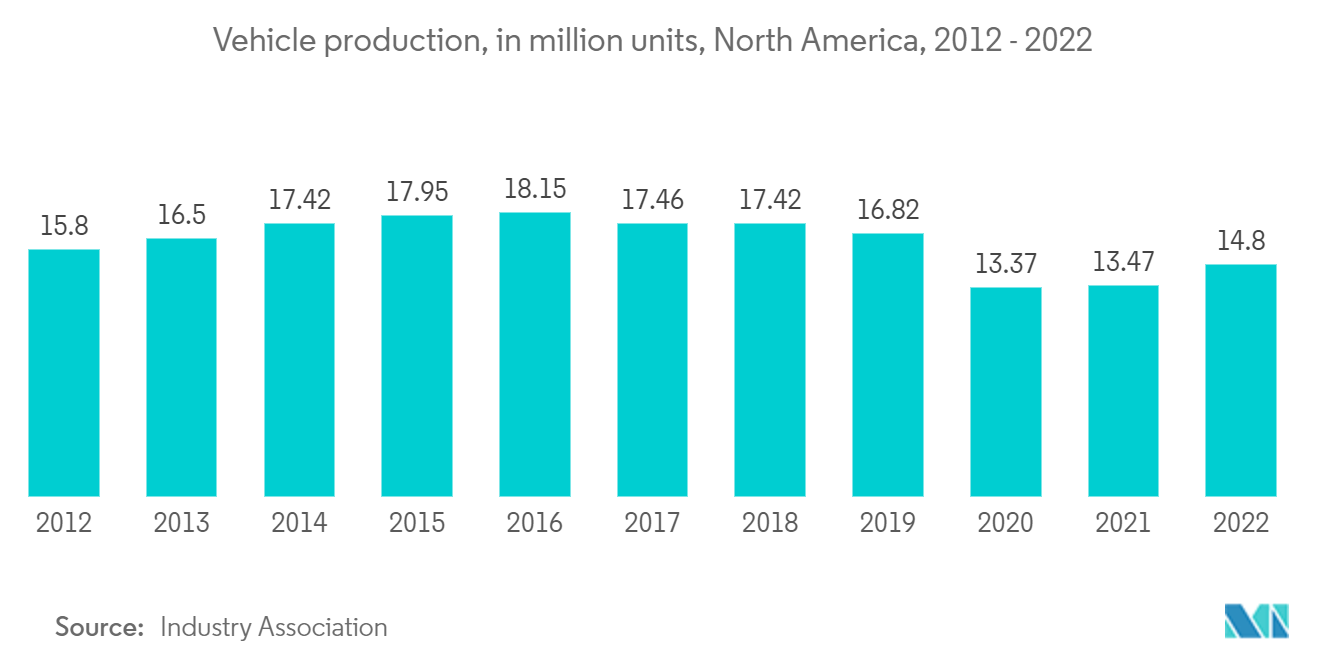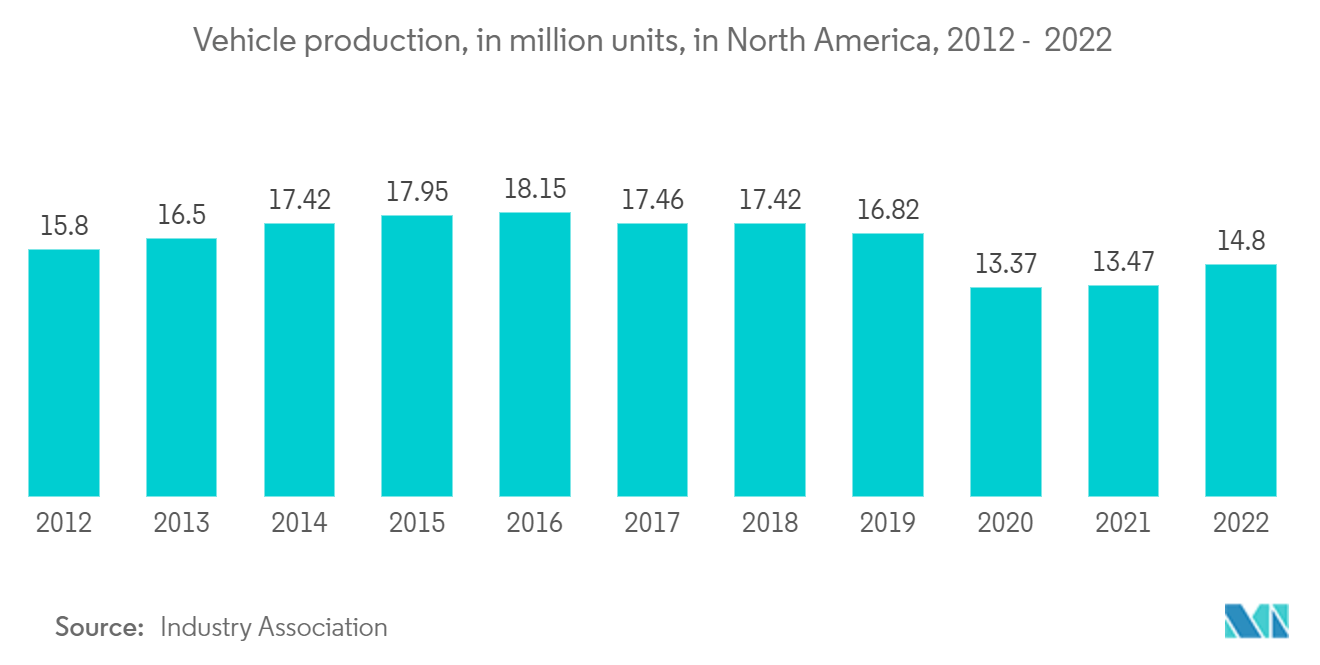Market Trends of North America Metal Turned Precision Product Manufacturing Industry
Increasing demand from automotive sector driving the market
Metal precision-turned products are essential components in the automobile industry. They are used in various applications, including engines, transmissions, braking systems, steering systems, and more. These components ensure the proper functioning and performance of vehicles.
The demand for metal precision-turned products in North America is driven by the flourishing automotive industry. With increasing consumer demand for vehicles, manufacturers require high-quality turned components to meet production targets.
The automobile sector places high importance on precision and quality. Metal precision-turned products need to meet strict tolerances, specifications, and standards to ensure they function optimally and safely within vehicles.
Vehicle production is one of the most significant components of North America’s economy. In 2022, North America produced approximately 14.8 million passenger cars and light commercial vehicles.
North America is made up of Canada, the US and Mexico. The US has the largest market share. In 2020, the US produced about 8.6 million cars, while Mexico and Canada produced about 4.4 million cars.
The industry has witnessed significant technological advancements that have improved the manufacturing process of metal precision-turned products. Computer Numerical Control (CNC) machines, advanced cutting tools, and automated processes have enhanced precision, accuracy, and efficiency.
The demand for metal precision-turned products is influenced by the complex supply chain in the automotive sector. Manufacturers work closely with OEMs (Original Equipment Manufacturers) and Tier 1 suppliers to meet their specific requirements and delivery schedules.
Some notable trends in the metal precision turned product manufacturing market include the adoption of advanced materials, such as lightweight alloys, to improve fuel efficiency. Additionally, there is a growing focus on sustainability, with manufacturers exploring eco-friendly manufacturing processes and materials.

United States Holds a Prominent Share in The Market
- The metal-turned-precision product manufacturing market in the United States is a vital sector of the manufacturing industry. It involves the production of various metal components through precision machining processes such as turning, milling, and drilling.
- This market serves a wide range of industries, including aerospace, automotive, electronics, medical devices, and more. The demand for metal-turned precision products is driven by the need for high-quality, accurate, and reliable components used in various applications.
- Light trucks continue to be the most popular type of vehicle in the United States. Sales of light trucks in the United States totaled less than USD 10.9 million in 2022, a drop of about six percent from 2021. Car sales in the United States have steadily declined since 1973, when they were at an all-time high of nearly USD 11.4 million, to just over USD 2.9 billion in 2022. Consumer demand in the United States has shifted to larger cars over the last few decades.
- In the United States, this market is characterized by advanced technologies, a skilled workforce, and a strong focus on innovation. Many companies in this sector invest in state-of-the-art machinery and equipment to ensure precision and efficiency in their manufacturing processes.
- The market is also influenced by factors such as economic conditions, technological advancements, and regulatory requirements. Companies in this industry need to stay updated with the latest developments and comply with quality standards and certifications.
- The metal-turned-precision product manufacturing market in the United States faces both domestic and international competition. However, the country's strong manufacturing infrastructure and expertise give it a competitive edge.
- Overall, the metal-turned-precision product manufacturing market in the United States plays a crucial role in supporting various industries and driving economic growth. It continues to evolve with advancements in technology and remains a key contributor to the country's manufacturing sector.


